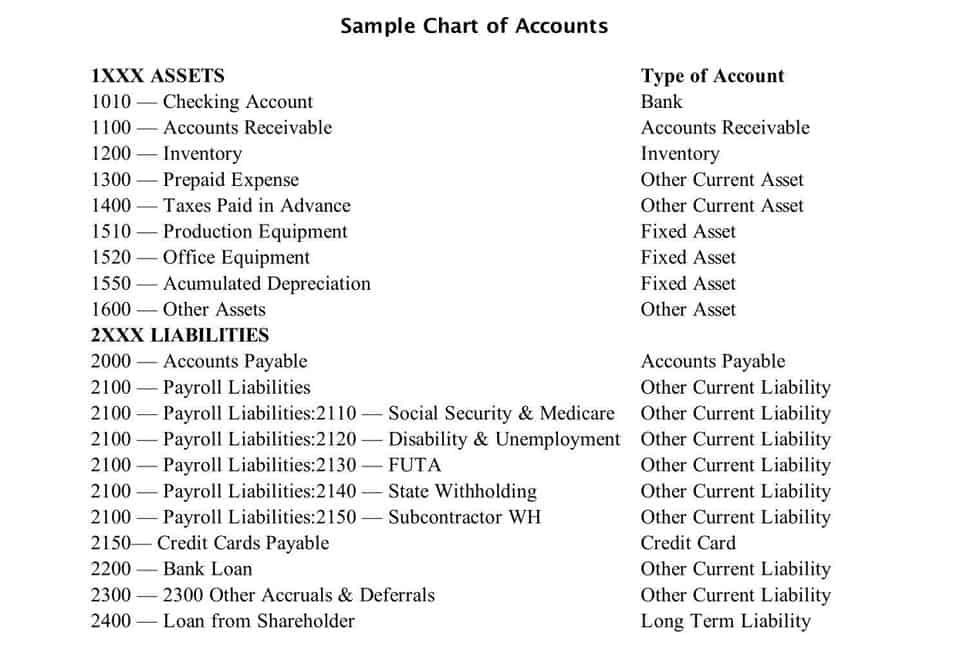The Complete Guide to Independent Contractor Taxes

But that’s only an extension to file your paperwork — if you owe any taxes, you’ll need to pay them by the April 15 deadline to avoid being charged a penalty. This may influence which products we review and write about (and where those products appear on the site), but it in no way affects our recommendations or advice, which are grounded in thousands of hours of research. Our partners cannot pay us to guarantee favorable reviews of their products or services. Independent contractors, commonly known as 1099 workers in the U.S., can include consultants, freelancers, remote developers, gig workers, accountants, writers, or even realtors.

Advising your clients on repaying deferred payroll taxe…
- Because independent contractors pay self-employment tax, employers typically do not have to withhold taxes from their wages.
- Conversely, employees work within a company’s predefined structure, have set work hours, and are subject to the direct control of their employers.
- When you’re a contractor, instead of a W-2 you get a separate Form 1099-MISC detailing what you made for each individual job.
- Independent contractors are generally free to offer their services to others in the marketplace, while an employee may be restricted to one employer.
- Your personal income tax deadline as an independent contractor is the same as it is for employees.
- It is critical for business owners to correctly determine whether the people providing services are employees or independent contractors.
- With your Form 1040, you’ll file your Schedule C, Profit and Loss from Business and your Schedule SE, Self Employment Tax.
The Self-Employed Individuals Tax Center has information for those who are in an independent trade, business or profession in which they offer their services to the general public. Consequently, it is critically important that in-house counsel take steps to ensure the company is engaging independent contractors in the right manner. Also, they should do this in partnership with the human resources department. Self-employed individuals might not have taxes automatically withheld from their paycheck as they would if they had an employer, but that doesn’t necessarily mean they are off the hook.
Independent contractor tax forms for employers
- The Department of Labor doesn’t have a specific test to measure if a worker is an employee or independent contractor.
- If the misclassification was an intentional effort to save money on unemployment insurance benefits, workers’ compensation insurance, and payroll taxes or skirt federal and state laws, the employer may have to pay all the unpaid taxes.
- By knowing these differences, you can make informed choices that benefit your business.
- It’s often helpful to use the previous year’s federal tax return as a guide.
- The factors include the existence of written contracts, offering of employee benefits, permanency of the relationship, and services provided as a key activity of the business.
They usually have experience in their field and can jump right in without much training. Best onboarding software of 2024 can help streamline these processes, making it easier to manage both contractors accountant for independent contractor and employees effectively. This means they can jump from one project to another, which keeps things interesting. Employees, however, usually have ongoing tasks that are part of their job.

Defining Independent Contractors and Employees
- CRI is a member of PrimeGlobal, a worldwide association of independent accounting firms and business advisors.
- Many, or all, of the products featured on this page are from our advertising partners who compensate us when you take certain actions on our website or click to take an action on their website.
- In short, the distinction between an employee and an independent contractor depends on the level of control the employer has in the relationship.
- This uncertainty can be stressful, especially during tough economic times.
- How does a business determine whether you are an independent contractor or employee?
Contractors usually receive reimbursement for any out-of-pocket expenses and generally have a greater burden of investment in equipment, tools or machinery to get the work done. However, some workers, including those in construction, have to make a considerable investment in tools, but this doesn’t mean they are independent contractors. Independent contractors are generally free to offer their services to others in the marketplace, while an employee may be restricted to one employer. Making an incorrect classification of independent contractor when workers are employees can cause the worker to be held responsible for all back federal and state payroll taxes, unemployment taxes, and employment benefits. And some companies use some of the wiggle room to hire contractors instead of employees, in large part to save on labor costs. There’s no need to pay benefits for contractors, and companies can also save on taxes because it’s not necessary to pay the employer portion of Social Security and Medicare or state unemployment taxes.
Also, factors that are relevant in one situation may not be relevant in another.” Here is a breakdown of the difference between an employee and an independent contractor, according to the IRS. You are not an independent contractor if you perform services that can be controlled by an employer (what will be done and how it will be done). What matters is that the employer has the legal right to control the details of how the services are performed. For example, if workers are required to work certain hours and prohibited from working for anyone else, they are employees. On the other hand, if the person works their own hours and can work for more than one company, the worker is an independent contractor.
A DOL investigation can include all employees and independent contractors for a three-year period. Properly classifying workers as employees or independent contractors has always been a recurring tax issue for many business owners, but it’s likely even more important in our current environment. Employees typically enjoy a variety of benefits, which can include health insurance, paid time off, and pension plans. Employers are usually responsible for providing and partially financing these benefits.
Recommended Products

The relationship control test examines how the parties perceive each other. Providing paid vacation and retirement benefits indicates a worker is an employee, as does hiring to provide services indefinitely rather than for a specific time period. The factors include the existence of written contracts, offering of employee benefits, permanency of the relationship, and services provided as a key activity of the business. Any worker who thinks he has been misclassified as an IC can file a complaint with either the U.S. Department of Labor (DOL) or the applicable state department of labor or unemployment agency.

What is the significance of the IRS 20-point checklist in classifying work status?
- We are compensated in exchange for placement of sponsored products and services, or by you clicking on certain links posted on our site.
- If this claim is approved, not only will your business be responsible for owed employment and social security taxes, but it is now also at an increased risk for IRS audits.
- The common law test, originally developed by the IRS, uses 20 factors to evaluate right of control and the resulting validity of the independent contractor classification.
- Being self-employed, contractors can also take advantage of various tax deductions related to business expenses.
- That, along with withholding of income tax (both federal and state) is why the $9 an hour at the fast-food place comes to less each payday.
